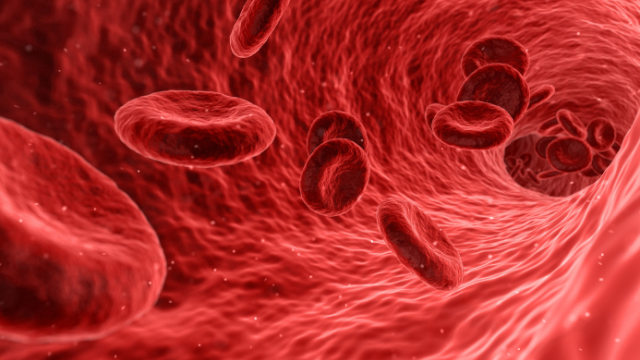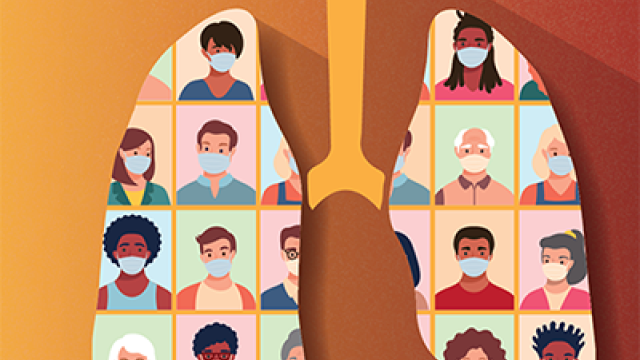What makes one person more likely to get cancer than another? Why do some cancers occur more frequently in some groups of people? Understanding the molecular basis of cancer susceptibility remains one of the holy grails of cancer research and will improve the ability to prevent and treat cancer.

Credit: iStock
What makes one person more likely to get cancer than another? We know that some habits and environmental exposures predispose people to developing certain cancers, yet not all exposed individuals will develop the disease. Uncovering the molecular basis of cancer susceptibility remains one of the holy grails of cancer research. Understanding why some individuals, ethnic, social and geographic groups are more prone to certain types of tumors will improve our ability to either prevent cancer or to detect and treat it at an early stage.
Cancer susceptibility is genetically complex. To tease out the factors that increase risk, it is usually necessary to follow large numbers of people over many years. This challenge has become somewhat more tractable thanks to a combination of cheaper methods to sequence whole genomes and the development of advanced computational tools, which allow for the detection of subtle differences in the genetic makeup of individuals and help find variations that exacerbate — or mitigate — risk.
Untangling how the environment impacts the risk of cancer is even more daunting than charting the complex effects of our genes. For example, all life on earth must cope with constant exposure to DNA damage from sources such as ultraviolet light from the sun, X-rays, various chemicals and chronic infections that lead to inflammation, all of which cause mutations. Several research areas promise to uncover the roles of environmental exposures, and how they may cause excessive cancer rates in certain communities, thereby contributing to cancer health disparities in our country.
The National Institutes of Health’s All of Us Research Program, which is seeking one million or more U.S. participants from all backgrounds, will provide a rich source of data to explore susceptibility factors in a diverse group.
To generate a more complete picture of how genetic variation and infections may impact susceptibility and the risk of more aggressive cancers, it is important to look beyond cancer cells themselves. We need to explore the genes and agents that shape the immune system and tumor microenvironment to determine which elements permit cancer cells to flourish or help keep them in check. An intriguing example is the potential role of the microbiome, which is a community of microbes that mingle with human cells in our body. The composition of the microbiome differs greatly between individuals and may be one factor that modulates the contribution of the genome to cancer risk for an individual.
The ultimate goal in the area of cancer susceptibility is to both understand the molecular basis of susceptibility and to predict who is most likely to develop certain cancers. There is also a need to understand what the specific risk factors are and which cancers are likely to be most aggressive so that steps can be taken to minimize risk and implement appropriate treatment. Deepening the understanding of genetic and environmental risk factors will also yield important clues into the biological processes that unfold as tumors develop and progress, paving the way toward new interventions.
Cancer Health Disparities Research
Cancer health disparities are adverse differences between population groups in cancer measures, such as incidence, prevalence, mortality and survivorship. Researchers use epidemiological and translational research strategies to identify biological risk factors and pathways that contribute to differing cancer outcomes observed in different populations. Combining this understanding with research on nonbiological causes of health disparities, such as limited access to care, is essential in our work towards eliminating cancer health disparities.


